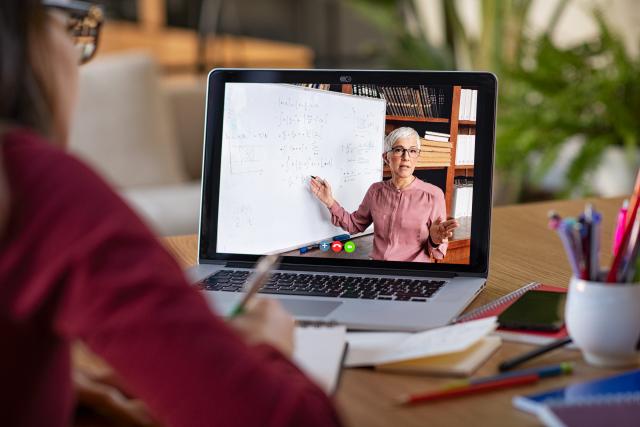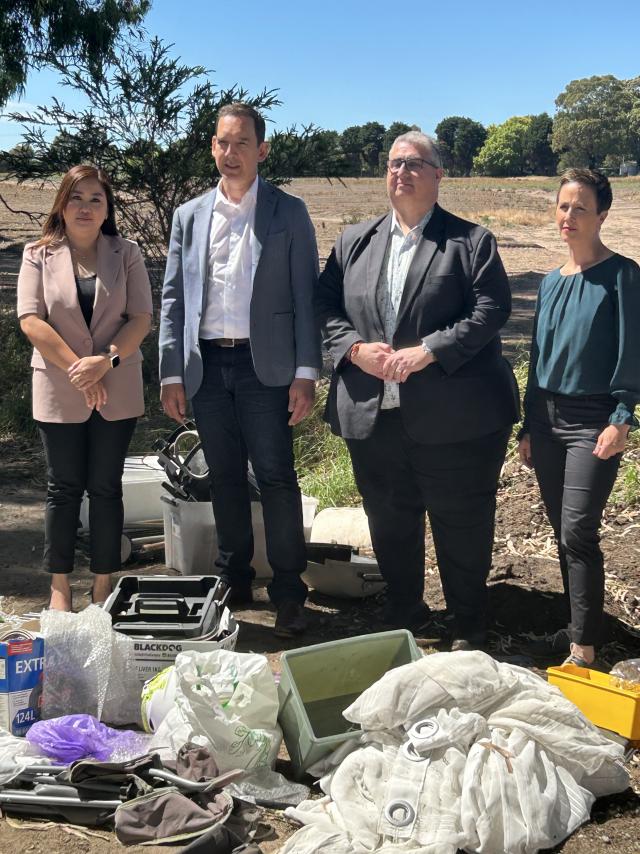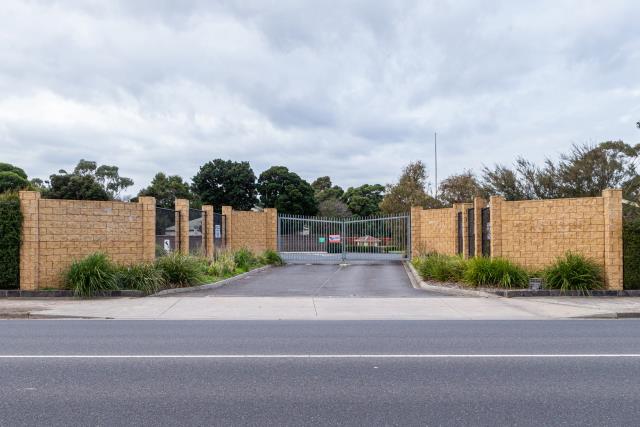Universities need to make a fundamental change in how they educate teachers to meet the needs of autistic children.
Australian universities need to get on the same page in preparing teachers to meet the needs of autistic students or risk more teachers leaving the profession and failing generations of autistic children.
New research has shown Australian universities are failing to prepare teachers and post graduate educators to meet the needs of burgeoning numbers of autistic students in Australian classrooms.
Senior lecturer and education researcher from Charles Sturt University Dr Rahul Ganguly says educating students on the autism spectrum is arguably the most challenging task confronting schools worldwide.
From 2015 to 2018, rates of autism have increased by an estimated 25 per cent.
“Highly individualised and idiosyncratic personality traits, manifestation of irregular and occasionally even advanced skills that accompany diagnoses of autism, and a dramatic increase in the autism prevalence rates co-exist with an increased need for schools, specifically teachers, to deliver empirically supported practices,” Dr Ganguly says.
“However, the reality is that many Australian teachers are not prepared to deal with the diverse needs of students on the autism spectrum or the extreme responsibilities that come with being an inclusive education teacher.”
He says part out of the fallout from that mismatch are high levels of teacher attrition (75 per cent every 10 years), with just 30 per cent intending to stay in the profession until retirement.
“With so many teachers leaving the profession, many students on the spectrum are being taught by less experienced teachers year after year,” Dr Ganguly says.
“Its little wonder that research shows that students on the autism spectrum have the worst educational outcomes of any students with a disability.”
In Australia, there is no uniform requirement for teacher education programs to offer training in autism.
“Our research suggests that most do not incorporate direct instruction on autism-specific EBP,” Dr Ganguly says.
“Given the plethora of untested interventions in the field of autism, having a less experienced teaching force does not bode well for students with autism.”
Dr Ganguly says the solution lies in providing consistent education for teachers in the use of scientific methods and evidence-based practices (EBP).
“Instead, what we have found is that the importance of training educators with autism-related disability-specific knowledge actually runs contrary to Initial Teacher Education (ITE) Programs in Australia,” he says.
“These programs have given preference to noncategorical and cross-categorical approaches in the belief that generically trained teachers with occasional in-service training can effectively teach children on the autism spectrum.
“Even in our research on postgraduate courses in Australia, we found that many postgraduate courses in special and inclusive education do not consistently cover evidence-based practices.
“We also found a great variation in the nature of the postgraduate programs.
“At a time when there is an increased need for teachers with specialised training to teach and lead teaching of students with ASC and related disorders, Initial Teacher Education and Postgraduate programs in Australia are moving away from such specialised emphases.”







